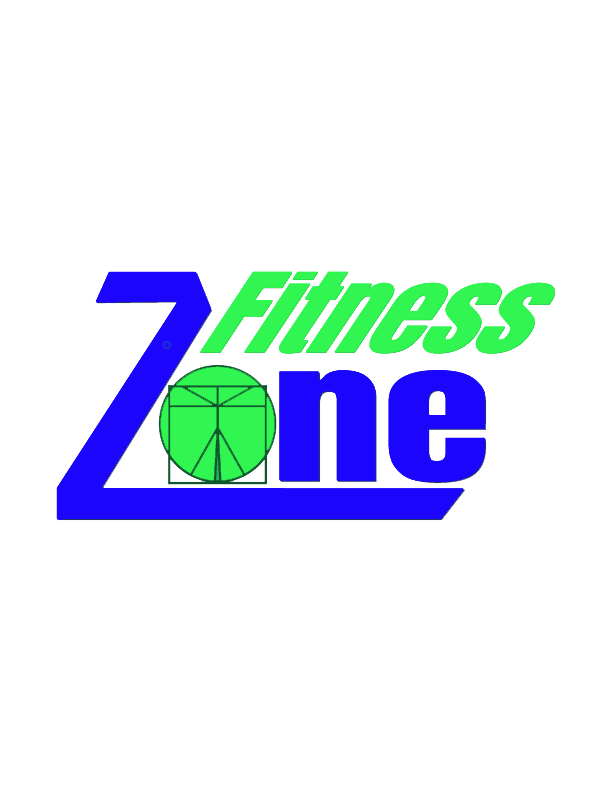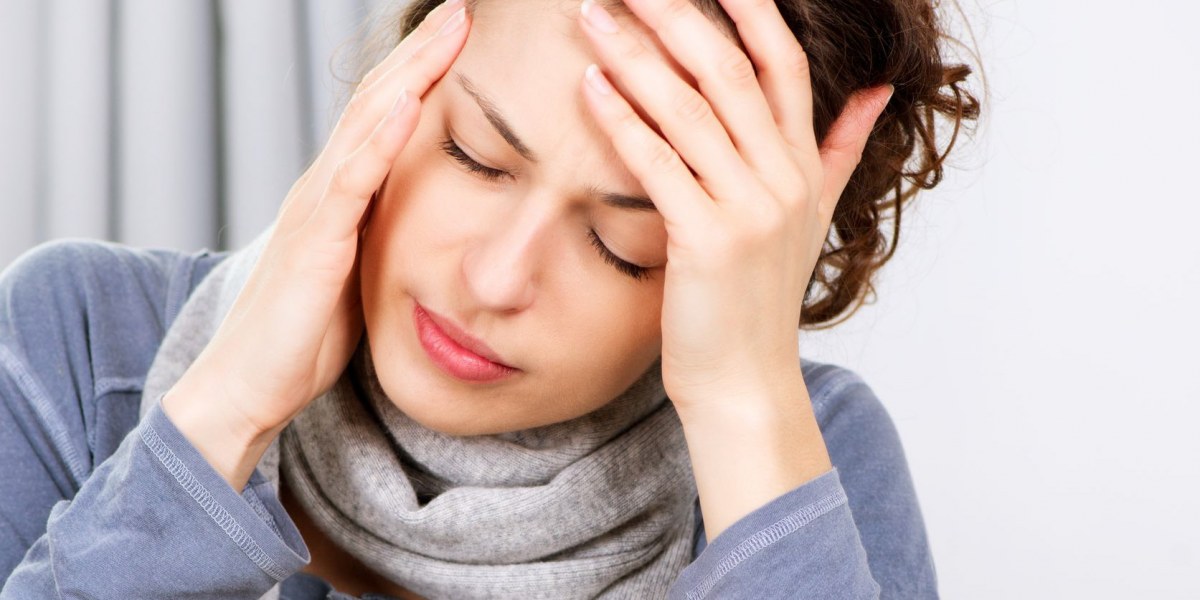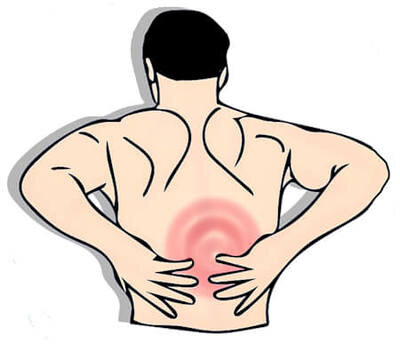When you Experience a Musculoskeletal Injury, PT is a good choice
In a world where everyone is quick to take a pill or schedule a surgery to mask their symptoms, PT is one of the best methods of injury recovery.
Almost any way you slice it, physical therapy (PT) is an incredibly cost-effective way to recover from a musculoskeletal injury. One study, commissioned by the Alliance for Physical Therapy Quality and Innovation (APTQI), found that patients who utilize physical therapy as their first means of lower back pain recovery saved nearly $1,000 when compared to the group who used injections as their first means of recovery. Those savings jumped to over $12,000 when compared to the average cost of turning to surgery as a first resort.
That’s not just the case for patients with lower back pain. According to another study done by ATI Physical Therapy, My Health First Network, Blue Cross Blue Shield (BCBS), and Greenville Health System (GHS), 70% if patients that opted to use PT as a means for spine, shoulder, and knee pain didn’t need any additional imaging, prescription medication, or visits to their physician. The sooner you start PT , the sooner you recover and the less you spend on health care costs.
While there are still some cases where surgery and prescription medications are necessary for healing musculoskeletal injuries, however, there are times when going to physical therapy first can help you heal faster and save money in the long run. So, if you are dealing with chronic pain and don’t know how to stop it, connect with us today!
This is where the professionals at the Human Performance & Wellness center can make a difference. If you would like to find out more, please call us for an evaluation where we can determine how you can be helped.
The Human Wellness & Performance Center (843) 663-3939

Why Physical Therapy Should Be Your First Treatment for Lower Back Pain
If you, like millions of Americans, suffer from lower back pain, it’s likely your doctor has suggested getting an MRI or CAT scan to get to the root of the problem. But recent studies show that patients who start off with diagnostic treatment instead of heading straight to physical therapy may end up paying a lot more in the long run.
With an estimated 80 percent of workers experiencing lower back pain in their lifetimes, physicians have been searching for treatments that will eliminate back pain for good. But with the widespread opioid epidemic claiming lives across the country and recent data that questions the usefulness of diagnostic imaging, back surgery, and injections, it’s difficult to know where to turn for treatment. But one thing is clear: In most cases, physical therapy should be your first stop for recovery, and it’s usually all you’ll need for lasting relief.
One 2015 study split patients into two groups: those who received an MRI or CAT scan within two weeks of their first visit for lower back pain and a control group that did not. While both groups sought out different treatments after these initial tests, those who received an MRI or CAT scan were far more likely to choose surgery or injections down the road.
These invasive treatments are sometimes necessary, but in most uncomplicated cases of lower back pain, they’re complete overkill. Studies have shown that for most ordinary cases of persistent lower back pain, physical therapy is just as effective as surgery in the long run and less expensive. In the 2015 study mentioned previously, those tested with an MRI early in their treatment went on to spend an average of $4,793 more than those who went straight to physical therapy.
Of course, you should trust your doctors, but it’s clear that many physicians are overprescribing diagnostic imaging, surgery, and injections as they only path to recovery. Before you resort to more drastic measures, give the musculoskeletal experts at The Human Performance & Wellness Center a call at 843-663-3939 and take the first step to eliminating your pain without invasive, expensive treatments!

by Jon Hunt
WORKOUT BECAUSE YOU LOVE YOUR BODY, NOT BECAUSE YOU HATE IT.
“Work out because you love your body, not because you hate it,” is a powerful phrase most have heard/seen, and every person should feel confident in proclaiming. I don’t know who said it first, but it speaks volumes. I’ve witnessed the profound effect it has on clients, women, more specifically than men. Loving your body and choosing to become the best version of yourself instead of constantly finding something to “fix” is empowering, and provides freedom from a more negative self image.
But, and that is a BIG but, (because I like big but’s and I can not lie…also, I like using cliché tag lines from early 90’s hip hop songs and lame jokes!) sometimes, “just love your body” is stupid advice! (*insert disapproving gasp here!) Yep, I said it! Why though? Well, read on ‘cause I’m going to tell you!
Work out because you love your body and not because you hate it is certainly a wonderful goal, however, it’s not just another thing on today’s to-do list that you can check off with ease. As easy as it may be to say, as is the case with most things, it is much harder to DO!
Let me know if I am on the right path with this one – There’s a strong possibility you dislike something about your body – I know what you are thinking, “who is this mind reader?”, right? Is it your stomach, cellulite on your butt, maybe arms that are less “toned” than you would like? Well, I am not surprised, society has conditioned us to view our bodies critically, and ruthlessly, and we’re encouraged to strive toward “better” standards of beauty. — THIS ISNT NECESSARILY A BAD THING…we need to do this, we need to be constructively critical of ourselves from time to time and always aim to be the best versions of ourselves we can be, and we need to strive to constantly grow, we just need to go about it the right way!
So, yes, saying you should work out because you love your body, not because you hate it, makes sense! You should definitely do it. But problems arise when you’re not able to do it right away. Telling someone who has been unhappy with his/her physical appearance for years love their body and stop hating it can cause more harm than good. You may create a “What’s wrong with me?” mindset in that person.
This is when “just love your body” is stupid advice. It’s not always that easy. When someone can’t just love their body, like society tells them they should, they think there’s something wrong with them, and that’s simply not true. This was brought to my attention during a conversation, when the individual I was talking with told me she works out like I should, eats well and has seen some progress, BUT she still doesn’t like her body, and sometimes, she feels like a failure.
We can’t simply tell people “just love your body” and expect them to immediately change. It’s not one of those, “Oh, shit…yeah…why didn’t I think of that?” sudden flips of a switch. It’s no different than telling someone who is drowning in debt to “just stop accruing more debt.” These outcomes don’t happen immediately. Proper steps must be taken.
Loving your body and who you are is a process.
Working out and eating well because you love your body, and not because you hate it, may be more of a process than an immediate solution.
If you don’t like how your body looks and you work out with the specific intent of “fixing your flaws,” you will never be happy! You may fix a “flaw,” but sure enough, as soon as you do, you will find another one…and another…and so on. Instead, try focusing on your performance. What can you do, today, to perform better than yesterday? How can you get to the point that you work out and eat well because you love your body, and you want to discover and be proud of the wonderful things it can do? Specifically, what actions must you take each day?
Stop battling a reflection in the mirror — Instead, battling your training log/training program. Make is less about getting rid of things you don’t like and more about improving your body’s physical abilities and doing your best on any given day. Don’t focus on a dislike for how you look, focus on increasing your strength, stamina, and performance. Focus on how you feel after a great workout or a solid nights sleep. Pay attention to increased energy levels and less fatigue. These are the things that will take it from “just a workout” to a new lifestyle and from working out because “you have to” to working out because you want (get) to. Gradually, over time, you may just find that you start to love my body and appreciate it more than ever before. Make your workouts became solely about being the best version of yourself.
Commit to practicing this powerful principle, and great things will happen.
REMEMBER THOUGH…
Some days are better than others. Loving your body is not an all-or-nothing thing; some days will be better than others. The goal should be to have more good days than bad. When bad days happen, accept them as part of the process and don’t get emotionally invested in them. Know they’re only temporary. Do what you can to make the next day better.
Simplify your health and fitness regimen. Many people who struggle to reach the “I work out because I love my body” state of mind have something in common: the way they eat and work out is too damn complicated. Instead of following proven principles that fit into their life, they attempt (usually, unsuccessfully) to revolve their life around what someone has convinced them is the “best way.” This leads to diet-hopping, starting a program that’s too grueling to sustain, and shame from giving up, yet again, on another program.
It’s nobody’s fault, really, much of the information out there complicates the process and contributes greatly to the overwhelming amount of bull shit in the health and fitness industry.
Get back to the basics. Master proven principles. Do them repeatedly for months and months. THIS IS NOT A QUICK PROCESS! But, you already know that, and now you have some tools to help you stay committed!
If you can apply the “work out because you love your body, not because you hate it” principle today, then do it. But if you’re part of the crowd that finds that easier said than done, that’s fine. Remember this is a process that requires practice, persistence, and ton of patience.
This is your journey toward loving your body, and it may take you longer than others, or you may reach that goal very quickly. It doesn’t matter, so don’t compare your journey to anyone else’s. Take consistent action starting today to make that mantra your reality! You got this!! J
According to the World Health Organization it is estimated that at almost half of the adult population suffers from headaches or pain in the past year. At least 30% of those affected by headaches report having a migraine. Headaches can be debilitating, leading to lost days at work and with family. As people search for answers, they often find themselves in physical therapy. But why?
At The Human Performance & Wellness Center, their highly trained physical therapists are skilled at recognizing when your headache is treatable through exercise and manual therapy. Often, patients think that reaching for the ibuprofen is the only answer; however, tension-type headaches or cervicogenic headaches, characterized by pain that starts at the base of the skull, muscle pain and tightness, can actually be successfully treated with exercise, manual therapy, and activity modification. Our physical therapists will perform a thorough history and evaluate your neck, jaw, and upper back to understand the root cause of your symptoms and plan your treatment.
The WHO has identified several different types of headaches:
- Migraine: moderate to severe headache with nausea, light sensitivity, and pulsating quality.
- Tension-type Headaches: pressure or tightness, band around the head, originating from the neck.
- Cluster Headaches: brief but severe headache, usually around one eye, with tearing and redness of the eye.
- Medication Overuse Headache: caused by overuse of medication to treat headache; oppressive, persistent, and worst on waking.
When can a physical therapist help me with headaches or pain?
- You are experiencing headaches with increased muscle tension or stiff neck
- You have noticed that your headaches change when you move your neck
- You notice yourself rubbing your temples or massaging your neck to relieve your headache
- You have increased tension or pain in your jaw, or you notice that you are clenching your teeth
- You notice your headaches more at the end of the day, after you have been sitting in front of a desk or computer
If your headache tends to creep up your neck throughout the day at work and come with jaw tightness, increased neck stiffness and pain, and tension throughout your shoulders, or you have noticed that your headaches are stress-related, physical therapy can help. Through manual therapy techniques such as mobilization, manipulation, and massage, your therapist will decrease pain and improve mobility. Your therapist will prescribe simple exercises to help you take control of your headache symptoms, and help you modify your workstation or aggravating activities to reduce the frequency and intensity of your headaches.
If you are having any symptoms noted above, or you have been diagnosed with “tension-type” or “cervicogenic” headache and you are a member of the The Fitness Zone we recommend that you visit The Human Performance and Wellness Center right next door and schedule a consultation, we are here to help you.
What’s at the core?
If you’re not on close terms with your psoas, it’s time to get familiar. This muscle pronounced “so-as” is a key player in your core and comprises the group of muscles called hip flexors. As the only muscle group that connects your spine to your legs, the psoas has a big effect on mobility and posture as well as affect back or knee pain
Psoas imbalances can contribute to back and hip pain because the muscles in these areas get overused to compensate. Imbalances are usually caused by short and tight or weak and overstretched psoas muscles. Activities that compress your hips, such as sitting, excessive running or walking, and excessive sit ups, can shorten your psoas and even lead to weakness. If your psoas muscles are short and tight, you may benefit from stretching and lengthening exercises. If the muscles are weak and overstretched, they may require strengthening movements. Here are a few ways to begin addressing imbalances that affect back or knee pain.
Try the constructive rest position
This neutral position can help release tension in your psoas. Lay on your back with your knees bent and heels on the floor and set your feet hip-width apart at a comfortable distance from your buttocks. Don’t force your back to the floor, but simply rest your hands on your belly and let gravity do the work. Try this rest position for 10 minutes a day.
Support your seat
Sitting for long periods of time can compress and shorten the psoas. To decrease this effect, take regular breaks to get up and move around, and practice good posture. If you’re going on a road trip, consider sitting with a rolled-up towel under your sitting bones, which can release pressure on the psoas.
Get a massage
Here’s permission to treat yourself. Because of where the psoas is located, it can be difficult to stimulate, and a certified massage therapist will know how to access it. Regular massages can help with circulation and may improve function.
Consult a physical therapist
If you’re experiencing pain in the lower back, hips, or knees, imbalanced psoas may be to blame. Our physical therapists at The Human Performance and Wellness Center can recommend appropriate stretching or strengthening exercises depending on what’s right for your body.
Regular Exercise
As always getting a regular workout and staying active will always help with your mobility. Our Hybrid Fitness Center will offer you the ability to be a gym member in a place where you have access to Physical Therapists.
Call us to find out more about how you can become a member of our fitness family.






